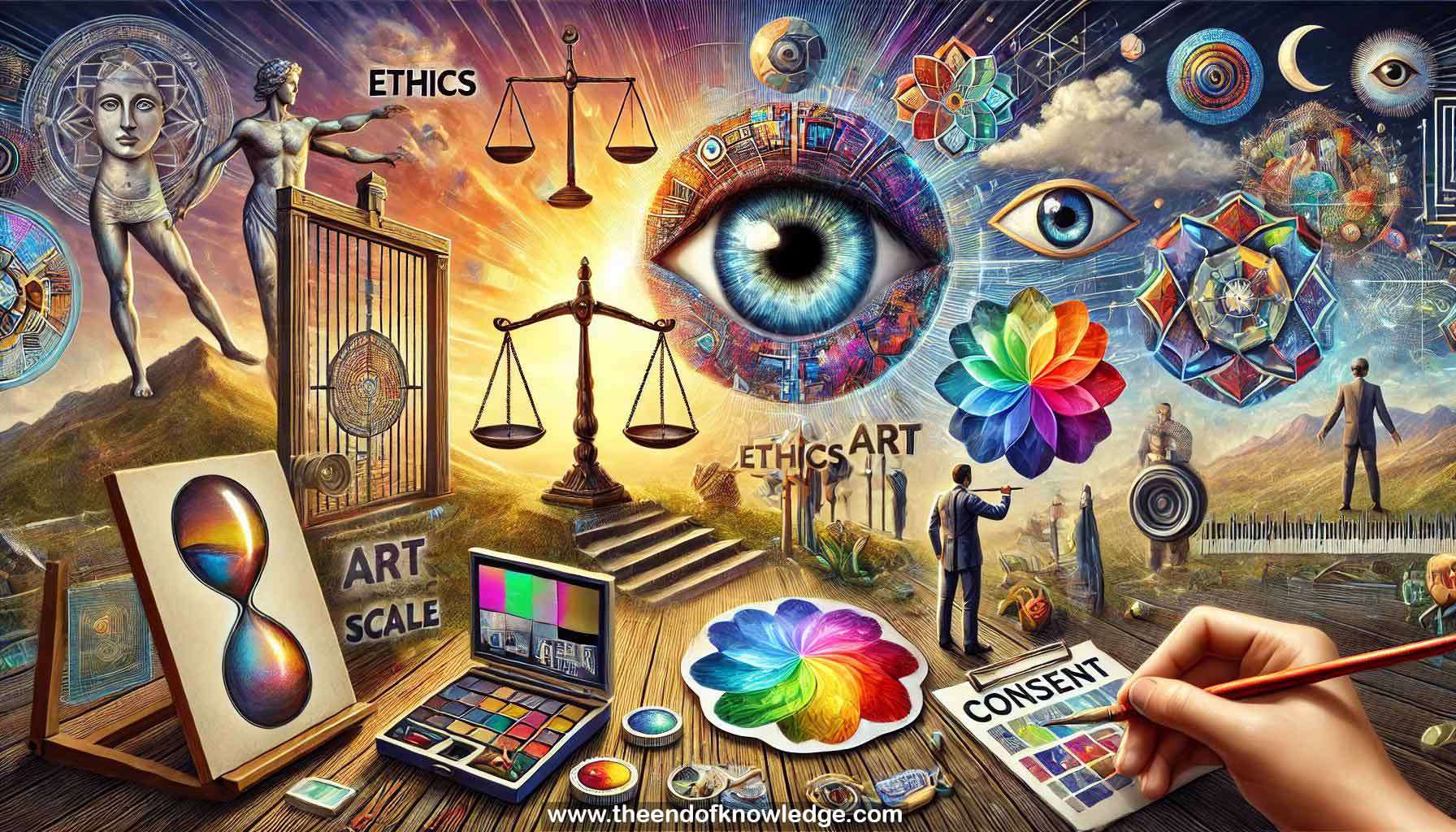 >
>
Concept Graph & Resume using Claude 3 Opus | Chat GPT4o | Llama 3:
Resume:
1.- AI-generated art explores how machines perceive and represent the world, offering new perspectives on creativity and visual representation.
2.- Artists are using AI tools to create novel aesthetics and push boundaries of traditional art forms.
3.- Generative AI models allow more people to engage in creative processes, democratizing art creation.
4.- The panel discussed ethical concerns around AI art, including issues of attribution, consent, and erasure of human artists.
5.- AI art installations can create interactive experiences that engage audiences in new ways.
6.- Some artists are exploring the latent spaces of AI models to discover unique visual styles and aesthetics.
7.- There are parallels between the impact of AI on art and the impact of photography on traditional visual arts.
8.- AI tools are changing how artists conceptualize and execute their creative visions.
9.- The panel debated whether hyper-realistic AI-generated images are becoming less interesting as the technology improves.
10.- Artists are combining AI-generated elements with traditional media and techniques to create hybrid artworks.
11.- There are concerns about AI models being trained on artists' work without consent or compensation.
12.- AI art raises questions about authorship, creativity, and the role of human intent in artwork.
13.- Some artists are using AI to explore themes of identity, perception, and the nature of consciousness.
14.- The panel discussed how AI art can make complex technological concepts more accessible to general audiences.
15.- There are opportunities for collaboration between AI researchers and artists to push creative boundaries.
16.- AI art installations can provide immersive experiences that evolve based on audience interaction.
17.- Some artists are using AI to reimagine historical art styles or create entirely new visual languages.
18.- The panel explored how AI art can raise awareness of societal issues like surveillance and data privacy.
19.- There are debates around whether AI-generated art should be considered on par with human-created art.
20.- Artists are experimenting with using AI to generate not just visuals, but also music, poetry, and other art forms.
21.- The discussion touched on how AI art can reveal biases and limitations in machine learning models.
22.- Some artists are exploring the aesthetic potential of AI errors, glitches, and unexpected outputs.
23.- The panel considered how AI might change art education and the development of artistic skills.
24.- There were discussions about the potential for AI to assist in art restoration and recreation of lost works.
25.- The conversation included reflections on how AI art might impact the art market and valuation of artworks.
26.- Some artists are using AI to create generative artworks that continuously evolve over time.
27.- The panel explored how AI art can challenge our understanding of creativity and artistic inspiration.
28.- There were discussions about the role of chance and unpredictability in AI-generated art.
29.- Some artists are using AI to create personalized art experiences tailored to individual viewers.
30.- The panel considered how AI art might shape future visual cultures and aesthetic preferences.
Knowledge Vault built byDavid Vivancos 2024